Featured Research
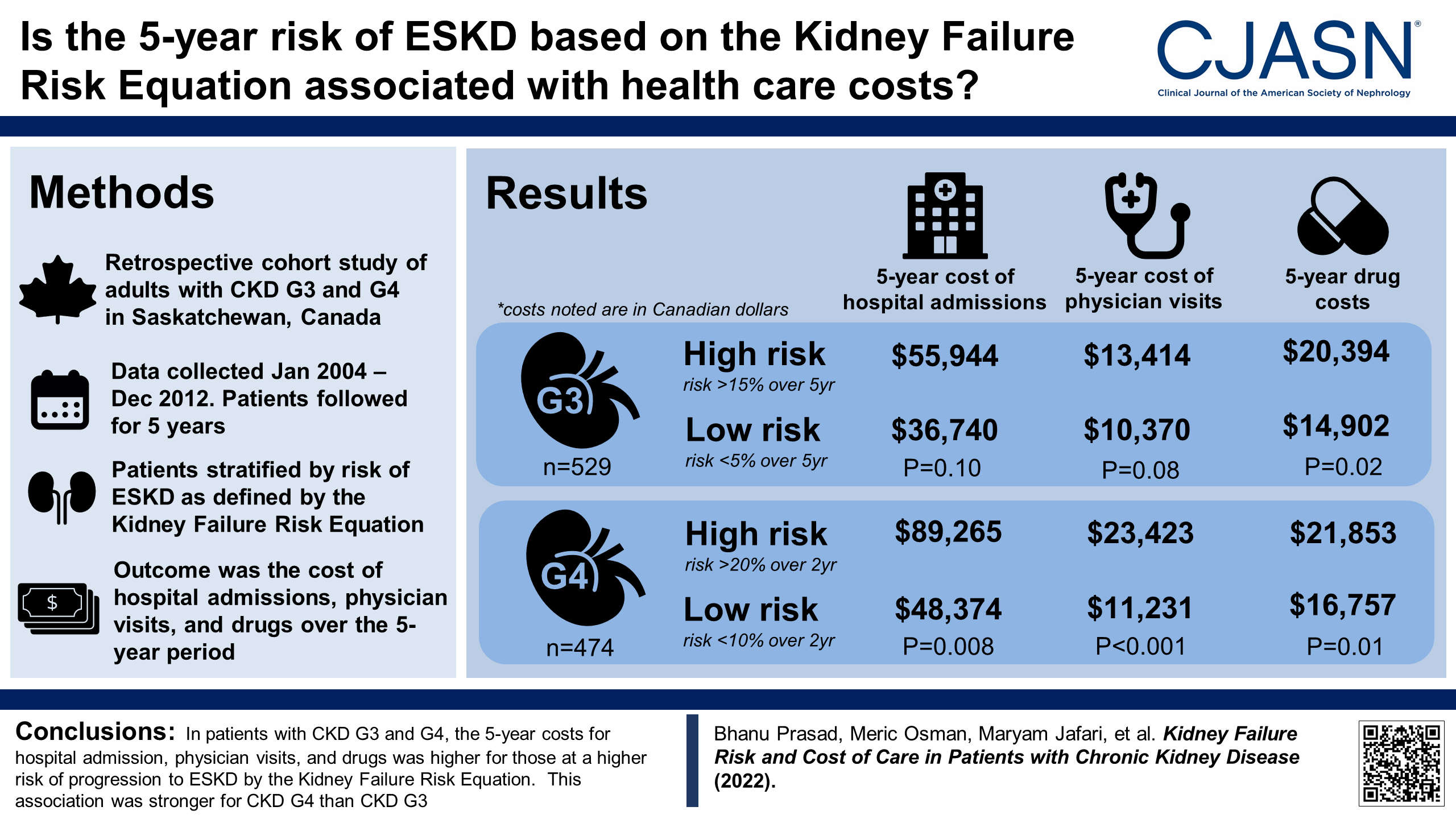
Should all CKD stages G3 and G4 patients be treated the same?
Nephrologists recognize that not all patients progress at similar rates to kidney failure. Here we show KFRE based patient categorization into low, medium, and high risk, leads to a significant reduction in health care costs. For more details click on the image above.
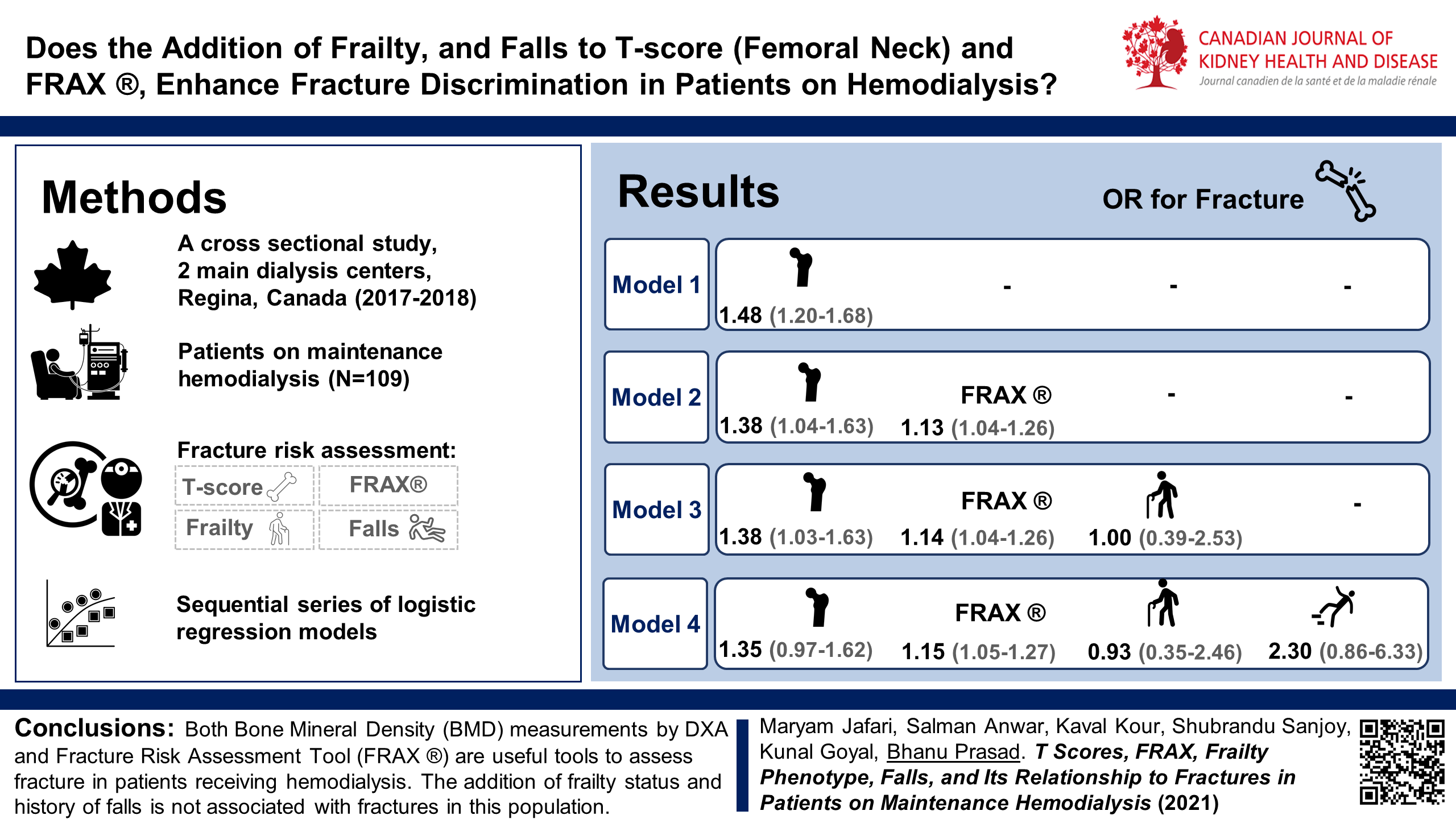
What is the association between frailty and chronic kidney disease?
What is the association between frailty and chronic kidney disease? Frailty disproportionately increases in patients with CKD in comparison with non-CKD counterparts and is the highest in patients on dialysis. To read our latest publication, click on the image above.
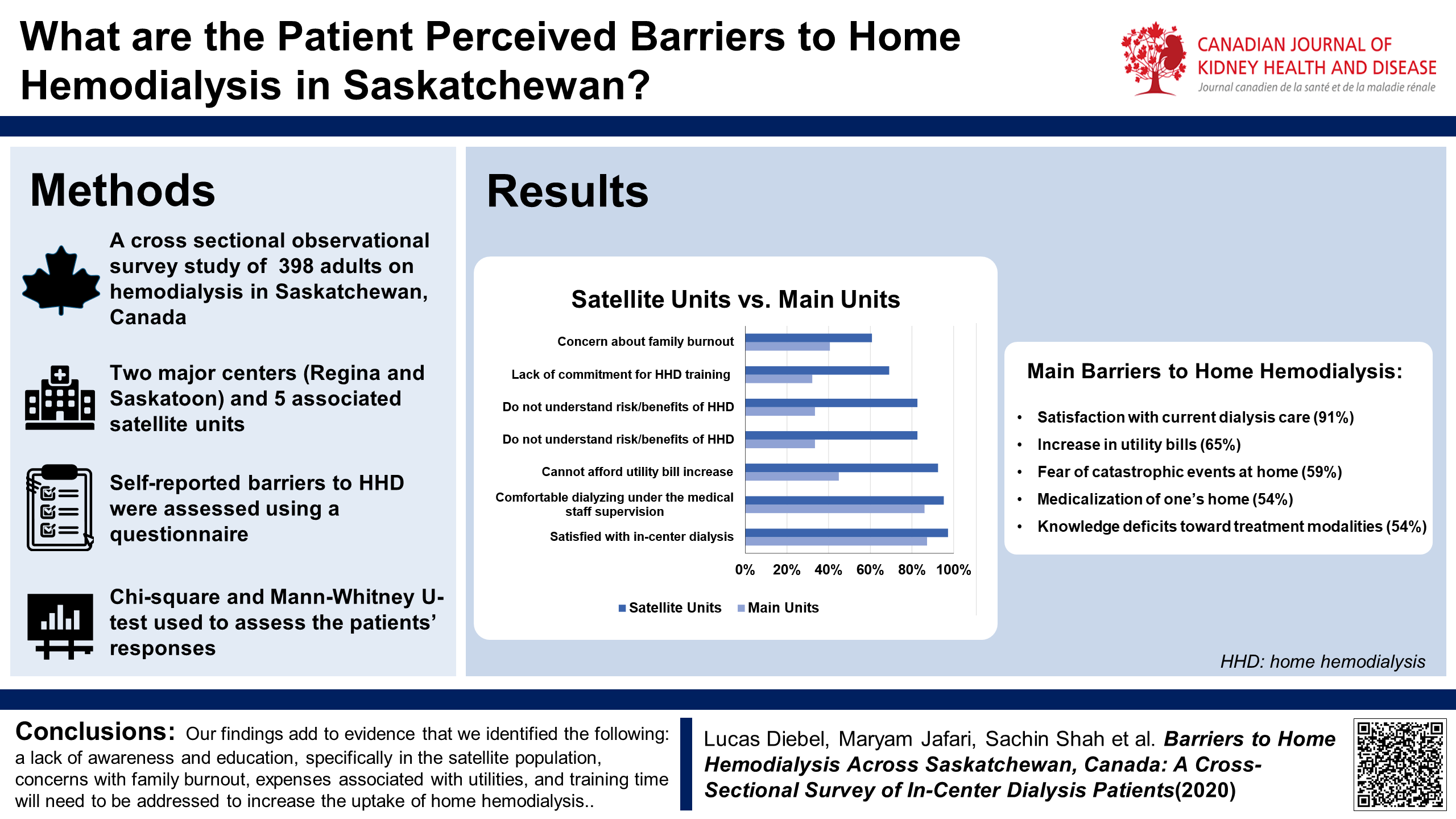
Why is home hemodialysis underutilized in Saskatchewan?
Despite clinical, lifestyle and economic advantages of home hemodialysis (HHD) compared with in-center hemodialysis, it remains under utilized. To know what hinders its utilization, click on the image above.
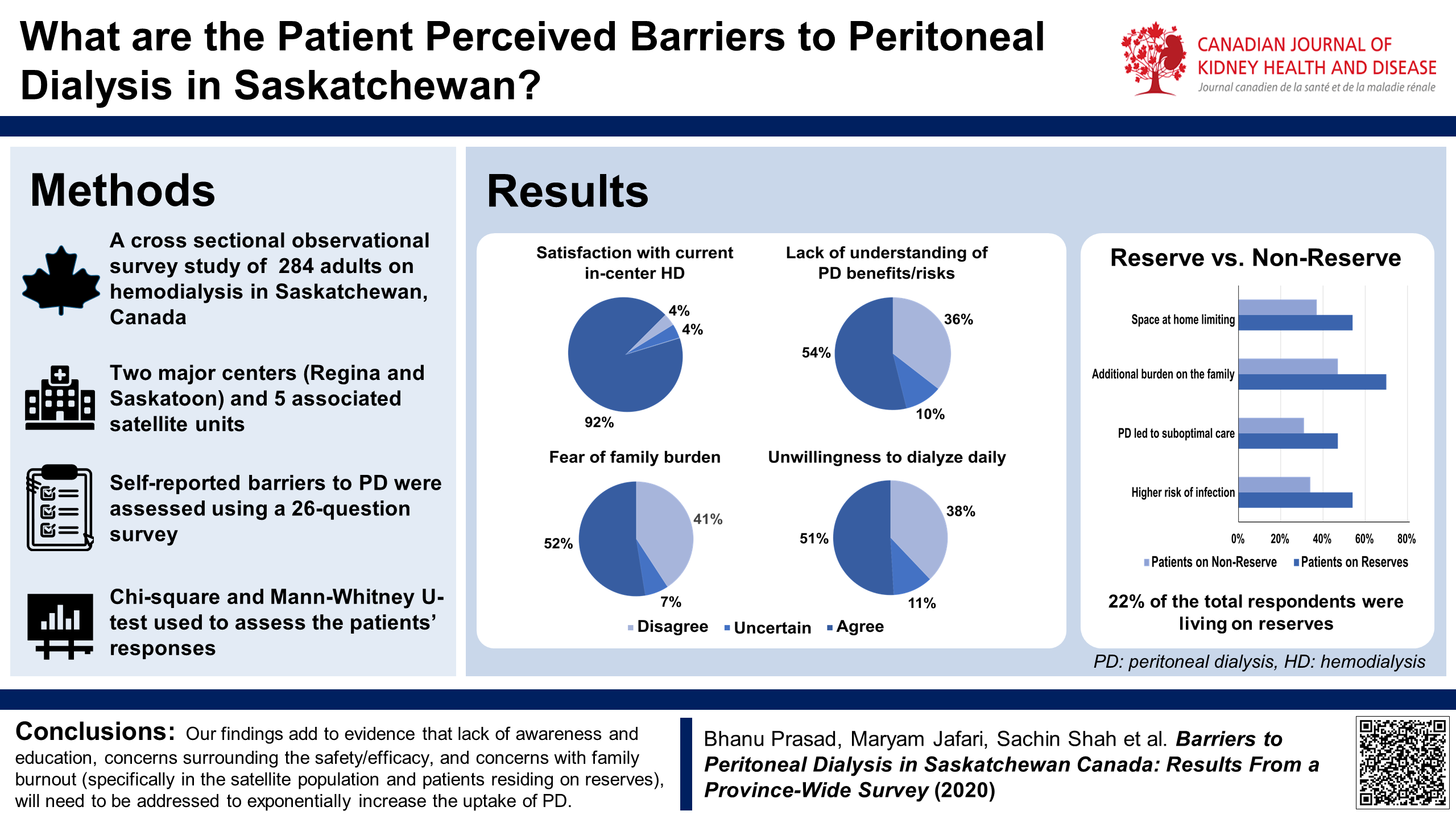
Why are Hemodialysis patients unwilling to switch to Peritoneal Dialysis?
Despite clinical, lifestyle and economic advantages of peritoneal dialysis (PD) compared with in-center hemodialysis, it remains underutilized in Saskatchewan. To know more, click on the image above.
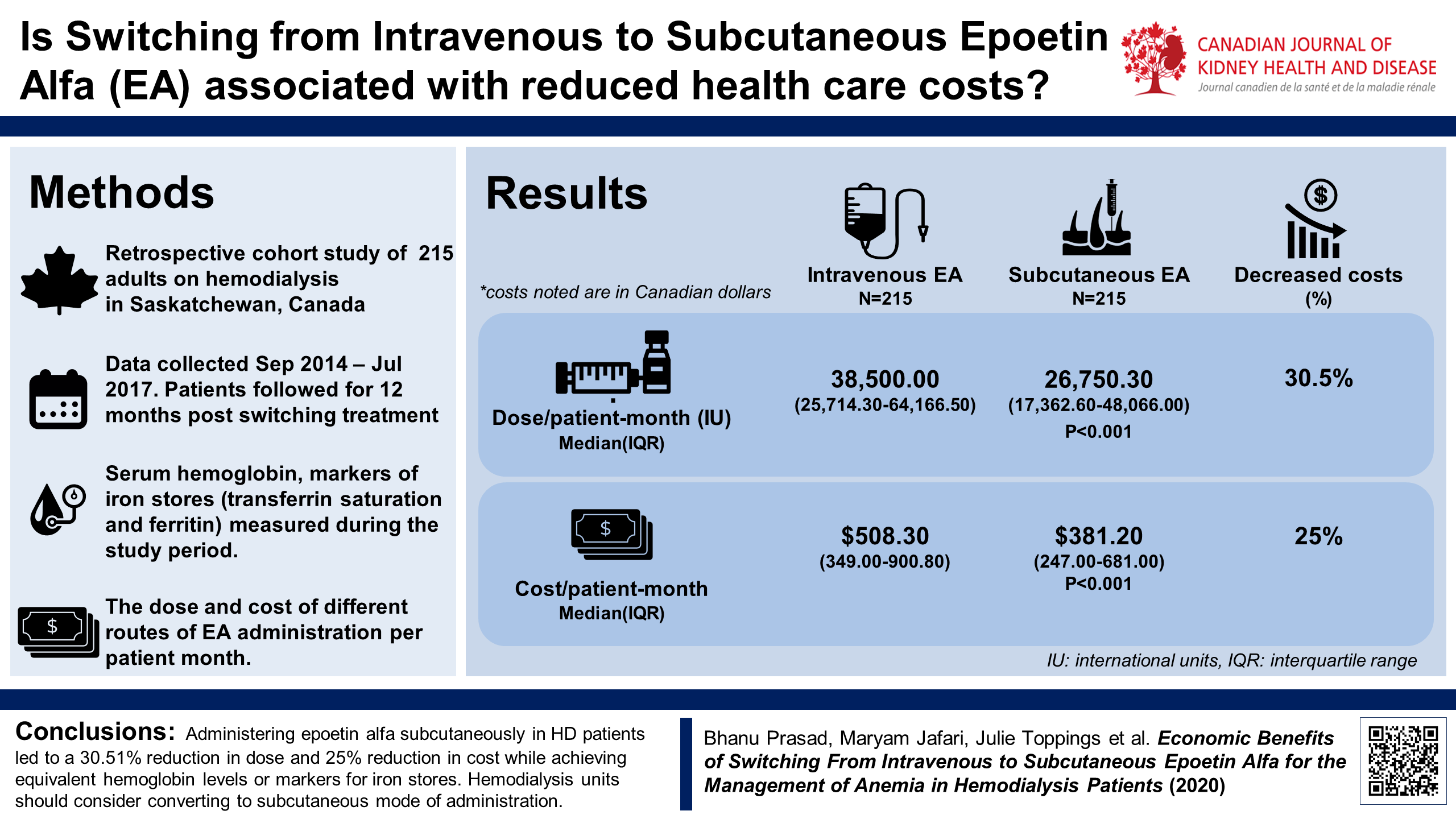
What are the economic benefits of switching from intravenous to subcutaneous EA?
Epoetin Alfa (EA), an erythropoiesis-stimulating agent is a mainstay of anemia management in CKD patients. We show that subcutaneous EA injection leads to a 30.5 % reduction in dose and 25% reduction in cost, when compared to intravenous EA injection, while achieving equivalent hemoglobin levels. Click on the image above to read more.
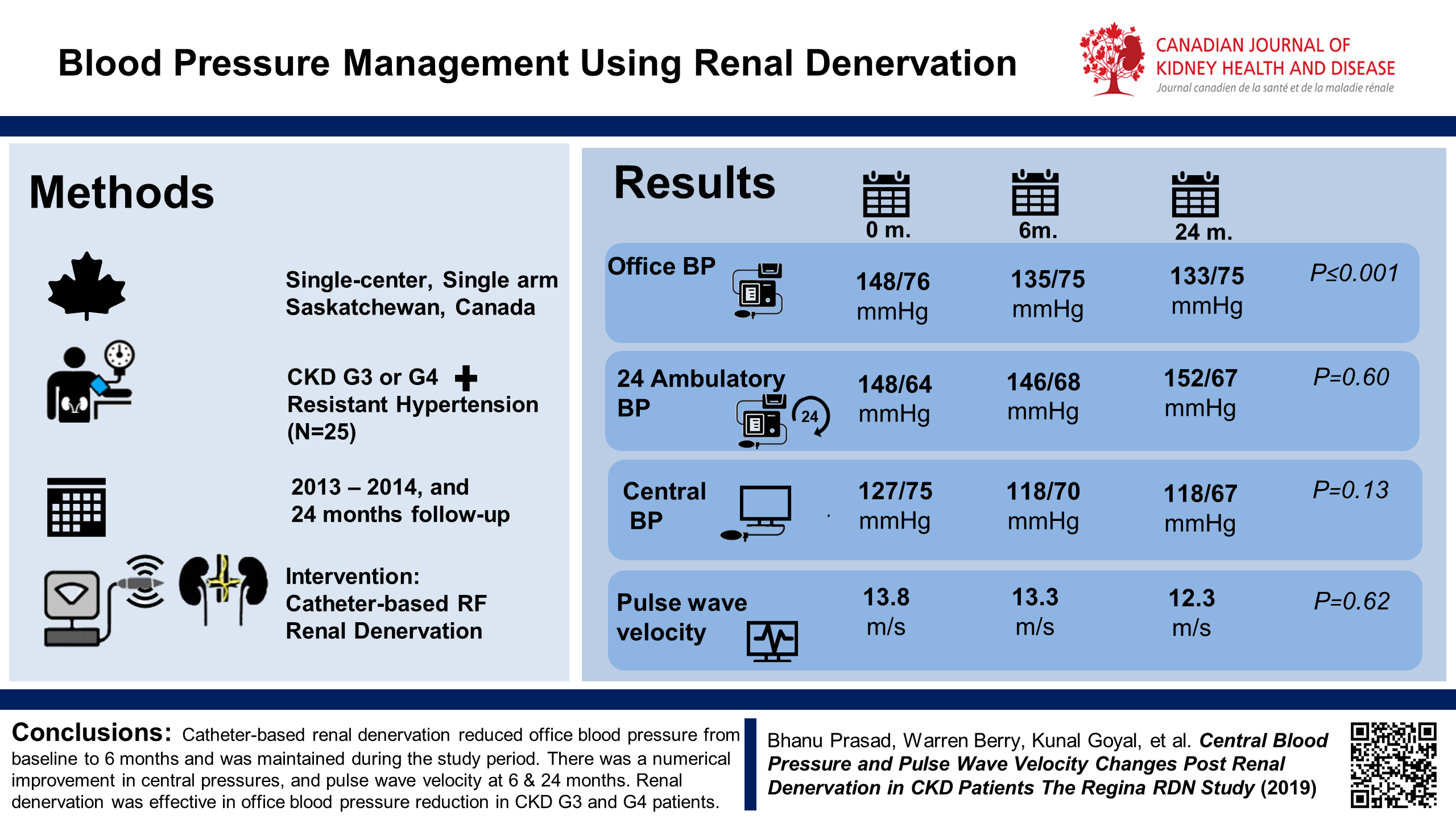
Can blood pressure be managed using renal denervation (RDN)?
Did you know that the renal sympathetic nervous system is one of the major contributors to the complex pathophysiology of hypertension? We found that RDN was an effective tool for managing hypertension, and importantly it appeared to be safe in CKD G3 and G4 patients for up to 2 years. To read the publication, click the image above.
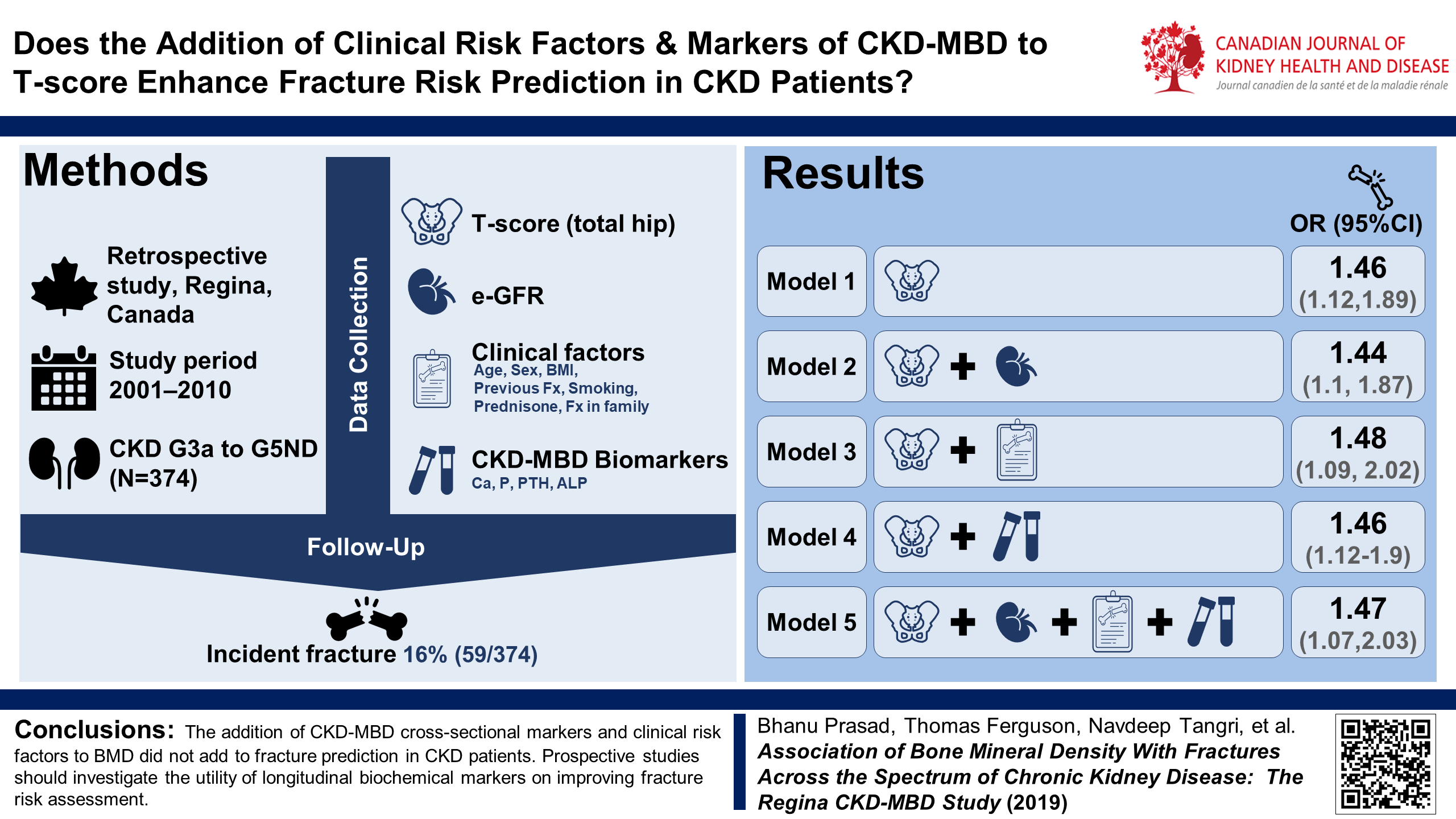
Does the Addition of CKD-MBD Markers Enhance Fracture Risk Prediction in CKD Patients?
There is emerging evidence that bone mineral density (BMD) predicts fractures in CKD patients. Our group aimed to assess whether combining BMD and clinical risk factors for fracture with biochemical markers of CKD-mineral and bone disease improves the sensitivity of fracture risk screening. Click on the image above to read more.
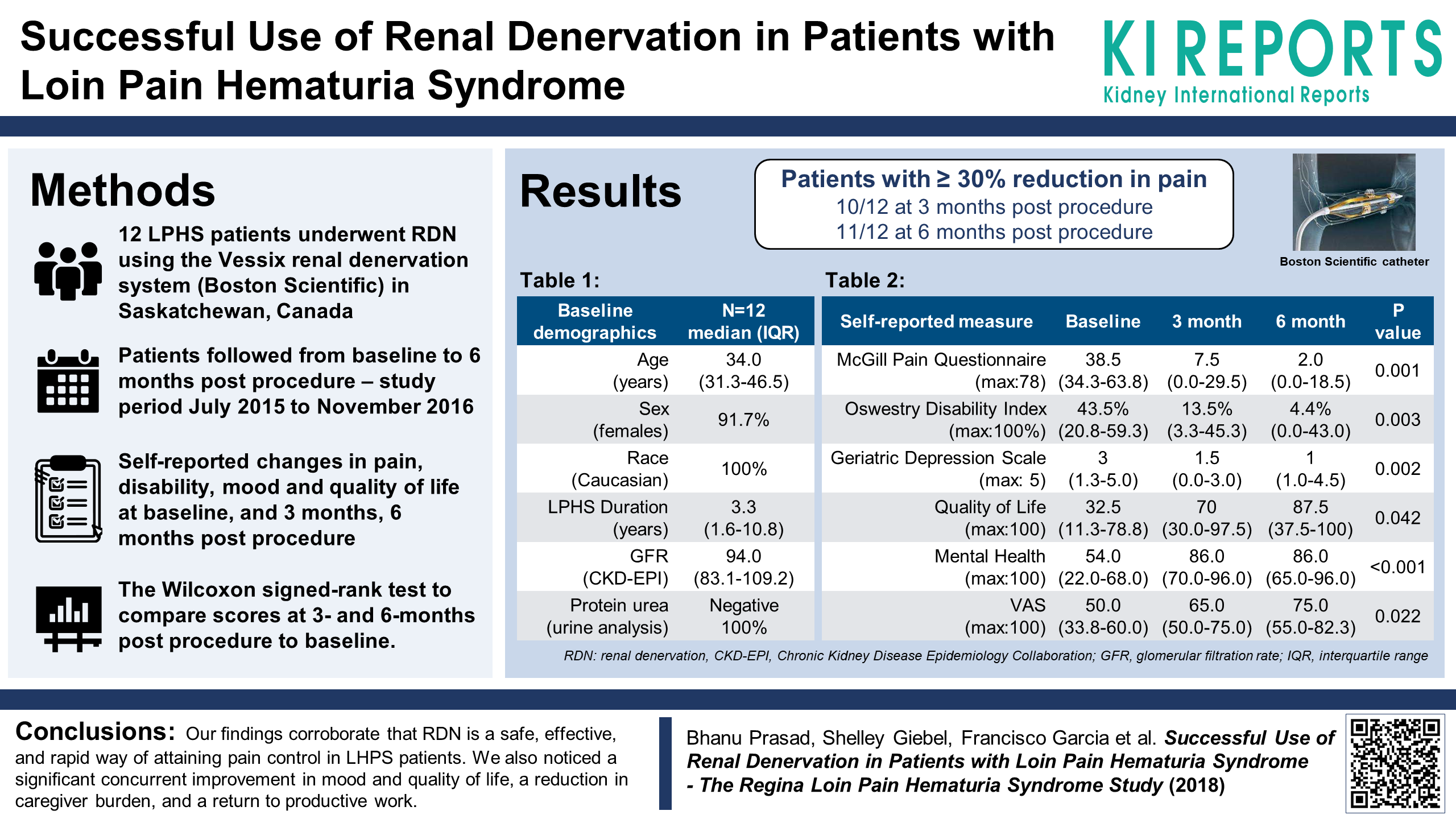
Is renal denervation a successful approach for reducing pain in LPHS patients?
LPHS is a rare disease, wherein patients suffer from both loin pain and hematuria. However, it is the pain component of the disease that leads to increased absenteeism and multiple ER visits. Is catheter-based renal denervation a potential mainstream treatment option for LPHS patients? Click on the image above to read more .
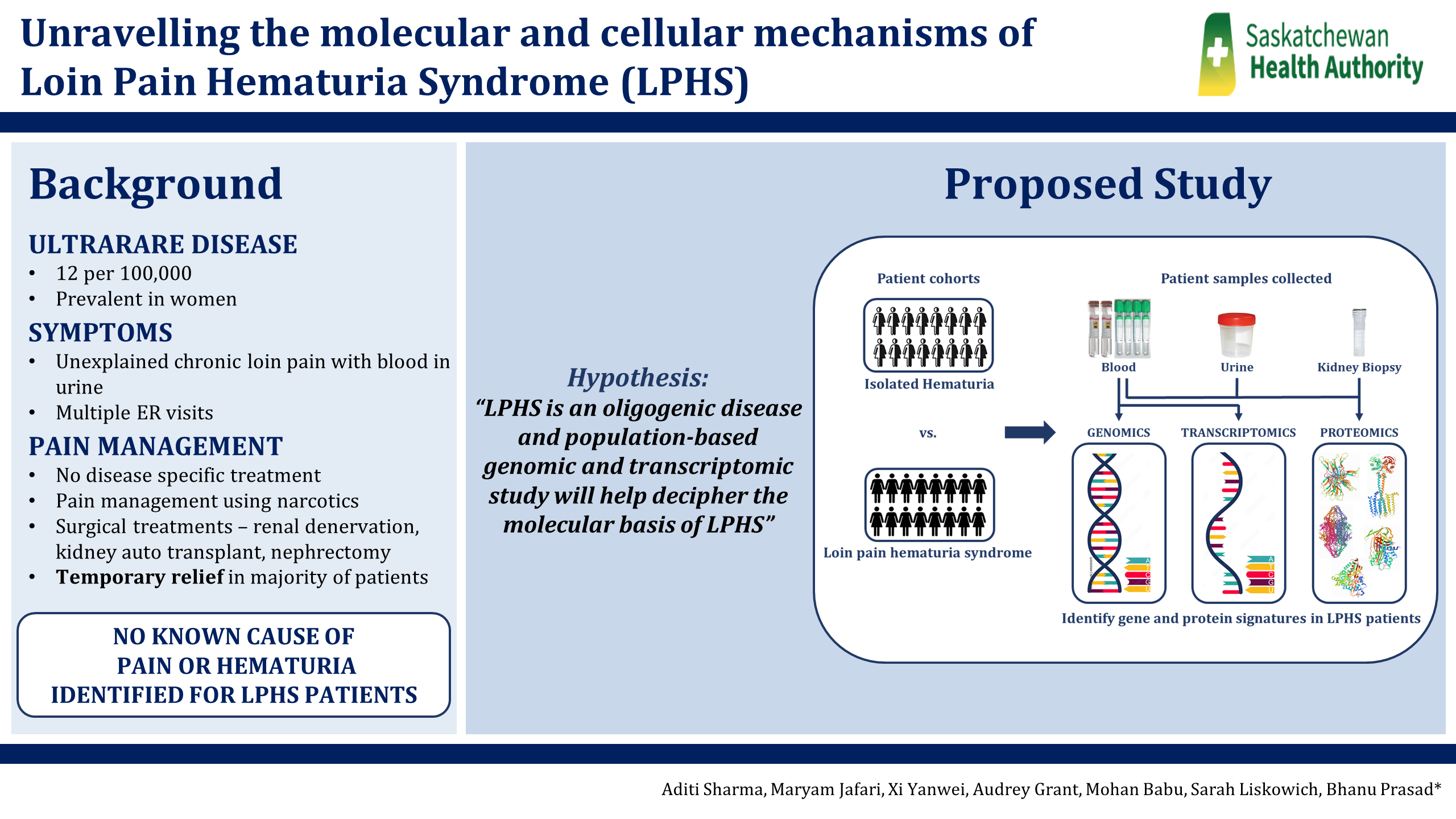
Unraveling the molecular and cellular mechanisms of LPHS
LPHS is a rare, poorly understood chronic pain condition, predominantly affecting young women in their late 20s and early 30s. While multiple pathophysiological mechanisms have been proposed for LPHS based on renal histopathology, they consistently fail to define its actual causative etiology. We plan to integrate clinical, transcriptomic, and proteomic studies with WGS data with the goal of reaching a more precise molecular diagnosis for LPHS patients.
